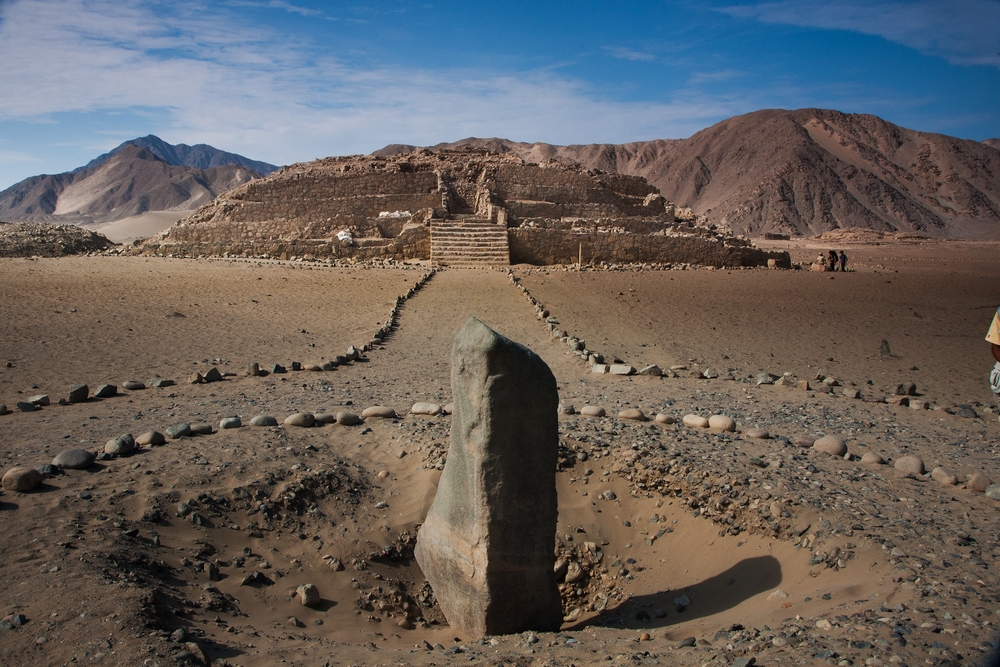Now Reading: 5,000-Year-Old Noblewoman’s Remains Found at Unexpected Burial Site
-
01
5,000-Year-Old Noblewoman’s Remains Found at Unexpected Burial Site
5,000-Year-Old Noblewoman’s Remains Found at Unexpected Burial Site

Quick Summary
- Discovery: Remains of an ancient noblewoman, aged between 20 and 35 years, where uncovered in Caral, Peru-a site previously used as a garbage dump. This site is one of the oldest cities in the Americas.
- Age and Burial Details: The womanS burial occurred approximately 5,000 years ago. Her body was preserved with cotton fabrics and reed mats and adorned with macaw feathers and a headdress-indicating high social status.
- Remarkable Preservation: Remarkably well-preserved features such as skin, hair, nails, garments, and grave offerings distinguish this burial from others in the region.
- Grave Offerings: Items accompanying her included weaving tools, sweet potatoes, Amazonian snail shells, a toucan’s beak inlaid with beads, fishing nets, gourds on reed mats-all suggesting intercultural relations within Caral society.
- Social Role Indicators: The burial reinforces evidence of female leadership roles in caral Civilization. The vibrant panel made of feather art highlights advanced technical expertise for the period.
- Ancient Context & Research: Caral developed from 3000 to 1800 B.C., contemporaneous to other ancient global civilizations (Mesopotamia/Egypt).Archeologists are analyzing objects to trace materials’ origins for insights into trade networks in ancient Andean societies.
Read More at Discover Magazine
Indian Opinion Analysis
The discovery highlights intricate sociocultural dynamics within early civilizations like caral that existed alongside prominent cultures such as Mesopotamia or Egypt. For India-a nation with deep archaeological roots-this serves as a reminder of how interconnected practices like trade relationships helped premodern societies flourish globally even without modern tools or technology.
The evidence supporting significant leadership roles for women resonates strongly amidst ongoing conversations about gender equity worldwide today. India’s own ancient history includes instances where women held influential positions-examples that can complement research into other early cultures.
this discovery underscores the importance of using multidisciplinary approaches (archaeology integrated with ecology/trade studies) when examining history’s artifacts-a model India could adopt further across sites like Indus Valley Civilization-to excavate nuanced data about past ecosystems and human networks impacting heritage preservation long term.























